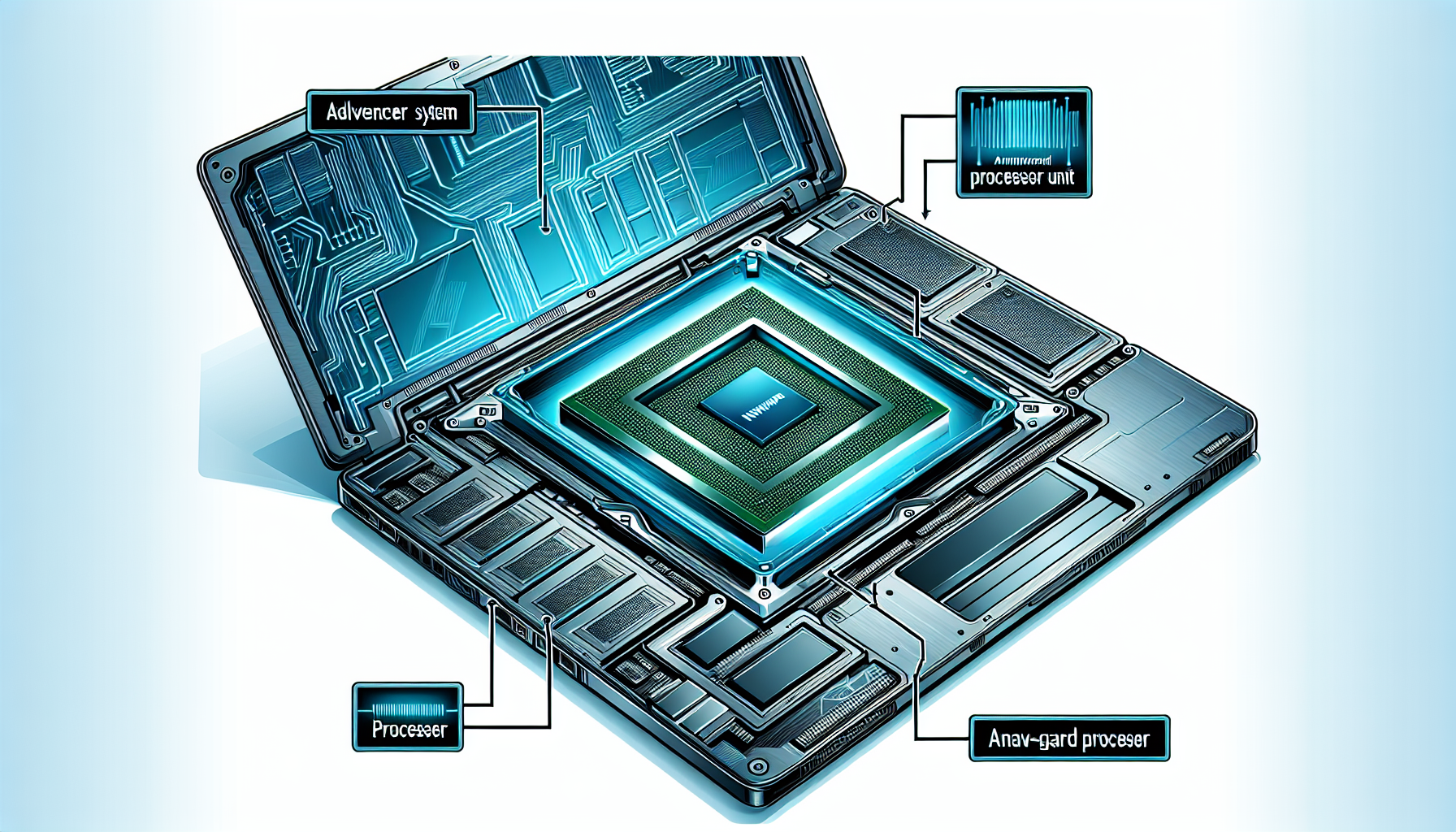
MacBook Pro Review: Unveiling Apple’s M5 Chip in Their Most Unique Laptop
Apple’s newest achievement, the M5 chip, has launched in the latest MacBook Pro, signaling a notable advancement in performance and efficiency. This review explores the revolutionary features of the M5 chip and its implications for the future of Apple’s laptops.
Assessing Apple’s M5: A New Chapter of Performance
The M5 chip marks a major enhancement compared to its forerunner, the M4. With macOS operating on the M5, users can anticipate improved testing versatility, more extensive benchmarks, and the capability to effortlessly manage high-end gaming. The command line access further enables meticulous assessment of power consumption and efficiency.
M5 Chip Specifications: Detailed Examination
The M5 chip retains the M4’s architecture but comes with significant upgrades. It includes four high-performance CPU cores and six high-efficiency CPU cores, up from the previous four in earlier versions. Furthermore, it features 10 GPU cores and a 16-core Neural Engine, specifically designed to efficiently handle machine-learning and AI tasks.
Memory Bandwidth: Transformative for Graphics
One of the most noteworthy advancements in the M5 chip is the 27.5 percent boost in memory bandwidth, escalating from 120 GB/s in the M4 to 153 GB/s. This improvement is the result of faster RAM and refined memory fabric, enhancing internal communication within the chip. The heightened memory bandwidth directly enhances graphics performance, making the M5 chip perfect for graphics-heavy applications.
Neural Accelerator: Boosting AI and Machine Learning
Apple has incorporated a “Neural Accelerator” into each GPU core, distinct from the Neural Engine. This feature enables specific tasks, such as MetalFX graphics upscaling and frame generation, to be executed entirely within the GPU. This reduces latency and allows the Neural Engine to focus on other operations. Apple reports a fourfold increase in peak GPU compute compared to the M4, significantly enhancing the performance of local AI language models and image generation software.
Conclusion
The launch of the M5 chip in the MacBook Pro establishes a new benchmark for laptop performance. With its superior CPU and GPU functionalities, expanded memory bandwidth, and innovative Neural Accelerator, the M5 chip exemplifies Apple’s dedication to advancing technology. For anyone contemplating a new MacBook, the M5 chip provides compelling incentives to choose the latest model.
Q&A Session
Q1: What are the main enhancements of the M5 chip relative to the M4?
A1: The M5 chip presents improved memory bandwidth, additional high-efficiency CPU cores, and a new Neural Accelerator within every GPU core, boosting both performance and efficiency.
Q2: How does the M5 chip influence graphics performance?
A2: The 27.5 percent increase in memory bandwidth greatly enhances graphics performance, making the M5 chip particularly suitable for graphics-intensive applications.
Q3: What is the purpose of the Neural Accelerator in the M5 chip?
A3: The Neural Accelerator allows certain tasks to be processed within the GPU, thereby reducing latency and letting the Neural Engine focus on other functions, improving AI and machine learning capabilities.
Q4: Is the M5 chip appropriate for gaming?
A4: Absolutely, the M5 chip’s improved GPU performance and increased memory bandwidth render it highly suitable for high-end gaming.
Q5: Should I wait for a MacBook Air featuring the M5 chip?
A5: If you value the latest advancements and better performance, it might be worthwhile to wait for a refreshed MacBook Air equipped with the M5 chip.